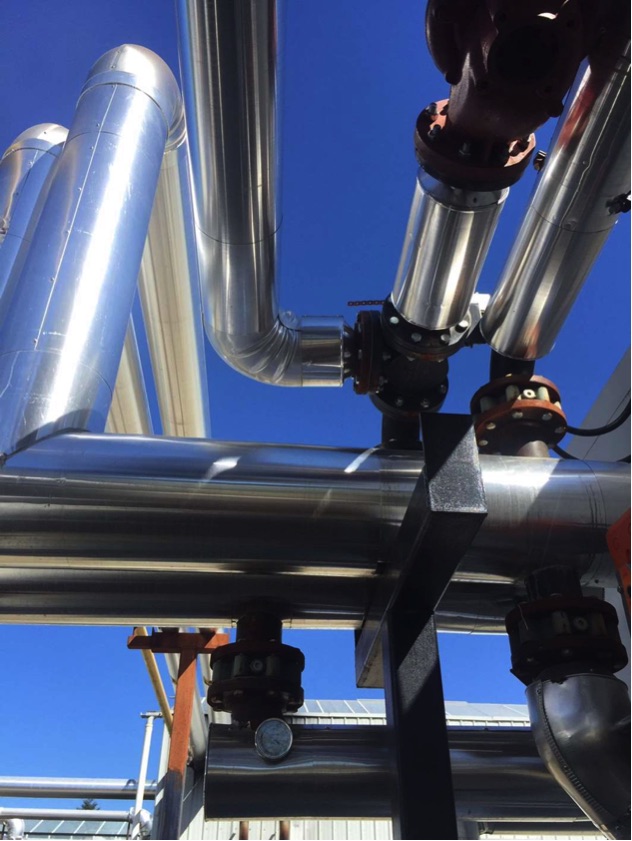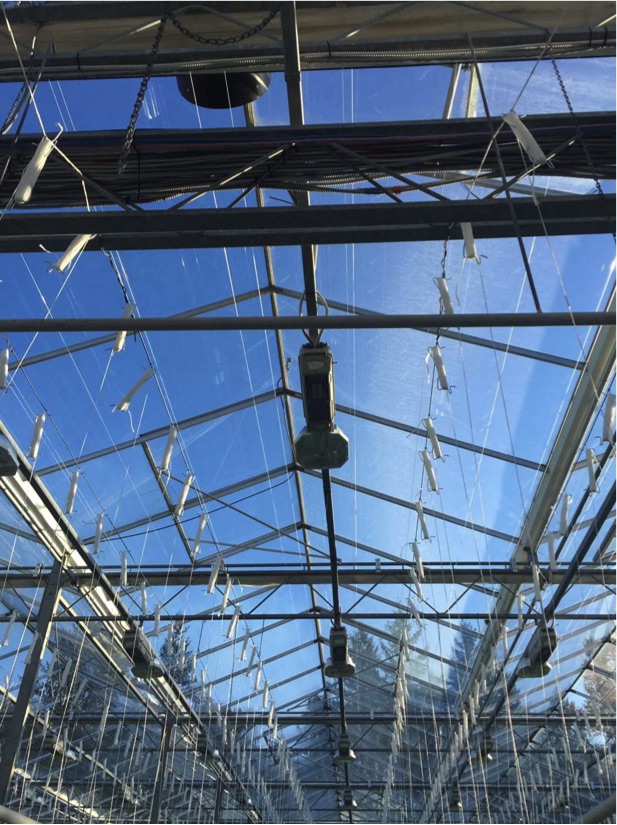CHP – (Co-Generation)
Cogeneration (also known as Combined Heat and Power, or CHP) is the production of electricity and heat in one single process for dual output streams. In conventional electricity generation, 35% of the energy potential contained in the fuel is converted on average into electricity while the rest is lost as waste heat. Even the most advanced technologies do not convert more than 55% of fuel into useful energy.
Cogeneration uses both electricity and heat and therefore can achieve an efficiency of up to 90%, giving energy savings between 15-40% when compared with the separate production of electricity from conventional power stations and of heat from boilers. It is by far the most efficient way to use fuel.
Cogeneration also helps save energy costs, improves energy security of supply, and creates jobs. The heat produced by cogeneration can be delivered through various mediums including; warm water (E.g., for space heating and hot water systems) or steam or hot air (E.g., for commercial and industrial uses). It is also possible to do trigeneration, the production of electricity, heat and cooling (through an absorption chiller) in one single process. Trigeneration is an attractive option in situations where all three needs exist, such as in production processes with cooling requirements. Cogeneration schemes are usually sited close to the heat and cooling demand and, ideally, are built to meet this demand as efficiently as possible. Under these conditions more electricity is usually generated than is needed. The surplus electricity can be sold to the electricity grid or supplied to another customer via the distribution system. In recent years cogeneration has become an attractive and practical proposition for a wide range of applications. These include the process industries (pharmaceuticals, paper and board, brewing, ceramics, brick, cement, food, textile, minerals etc.), commercial and public sector buildings (hotels, hospitals, leisure centers, swimming pools, universities, airports, offices, barracks, etc.) and district heating schemes.
A well-designed and operated cogeneration scheme will always provide better energy efficiency than a conventional plant, leading to both energy and cost savings. Cost savings depend on both the cost of the primary energy fuel and the price of electricity that the scheme avoids. However, although the profitability of a cogeneration project generally results from its cheap electricity, its success depends on using recovered heat productively, so a prime criterion is a suitable heat requirement. As a rough guide, cogeneration is likely to be suitable where there is a fairly constant demand for heat for at least 4,500 hours in the year. The total investment in a CHP project depends upon the size of the installation and its design and characteristics. Under favorable conditions, payback periods of three to five years can be achieved on most cogeneration installations. Their operating life can reach 20 years.


